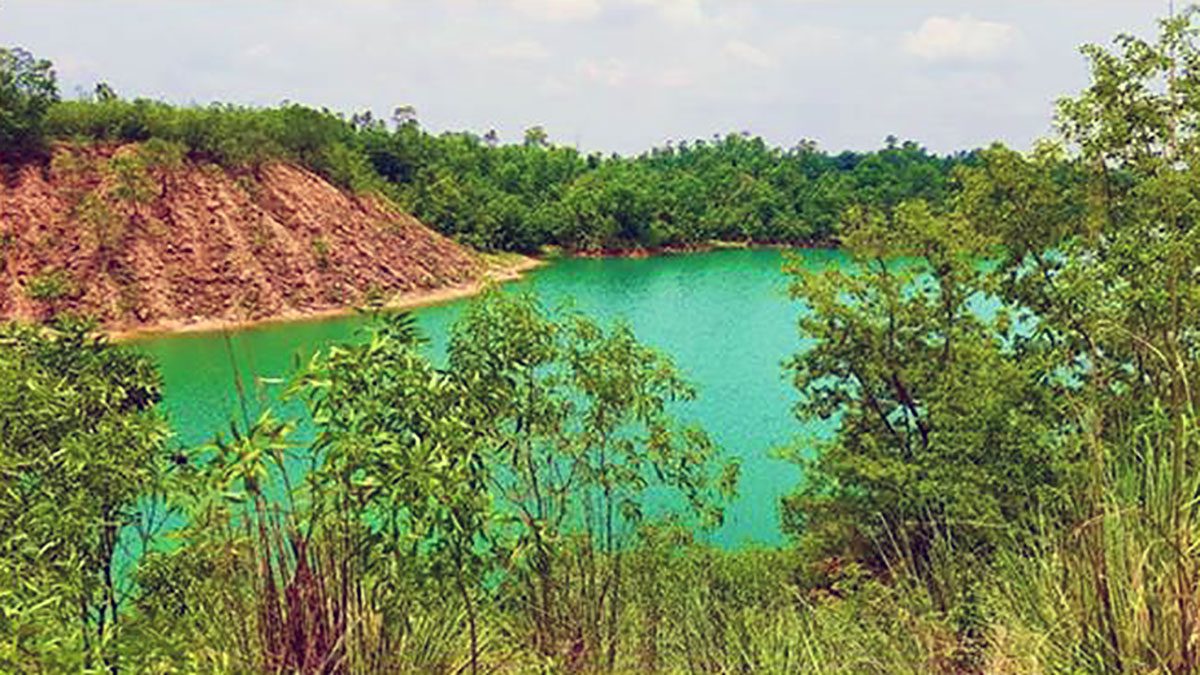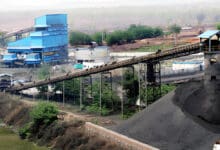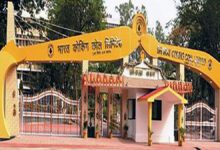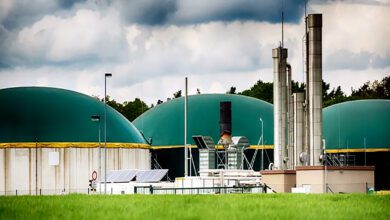South Eastern Coalfields Limited (SECL), a prominent subsidiary of Coal India Limited (CIL), has made noteworthy advancements in environmental sustainability through the successful implementation of the Accredited Compensatory Afforestation (ACA) guidelines. These guidelines, issued by the Ministry of Environment, Forest and Climate Change (MoEF&CC), aim to increase forest cover and promote afforestation on non-forest lands. SECL’s efforts in this direction not only contribute to national environmental goals but also earn valuable carbon credits, underscoring the company’s commitment to sustainable practices.
The process of coal mining often necessitates the use of forest land, requiring Forestry Clearance (FC) as part of the environmental approval process. One of the significant challenges in securing these clearances is the identification of suitable Compensatory Afforestation (CA) land. To address this issue, the MoEF&CC issued ACA guidelines on January 24, 2023, designed to streamline the FC approval process, reduce the costs associated with CA, and enhance overall afforestation efforts. The guidelines encourage both government institutions and private landowners to undertake afforestation on fallow lands, thereby increasing the Trees Outside Forests (TOF) and supporting biodiversity.
In response to the ACA guidelines, SECL proactively identified approximately 2,245 hectares of afforested non-forest de-coaled land, with 1,424 hectares located in Chhattisgarh and 821 hectares in Madhya Pradesh. These lands have been proposed to the respective State Forest Departments for notification as ACA land banks, a move expected to expedite the FC process for future coal mining projects requiring forest land diversion.
SECL has made significant strides in biological reclamation and plantation across several sites, including Bishrampur Opencast (OC) Project, Dugga OC, Kurasia Colliery, Jamuna OC, Kotma OC, and Sharda OC, located in the districts of Surajpur and Manendragarh-Chirmiri-Bharatpur in Chhattisgarh, as well as Anuppur and Shahdol in Madhya Pradesh. These efforts have transformed de-coaled lands into thriving ecosystems, with the reintroduction of local species such as Teak, Sal, Babul, and Neem, among others.
The reclaimed lands now host a rich variety of flora and fauna, with species such as the Sloth Bear, Fox, various reptiles, and migratory birds recolonising the area, particularly around water bodies. This biodiversity enrichment underscores the success of SECL’s reclamation efforts and its commitment to restoring ecological balance in areas affected by mining.
In Chhattisgarh, 696 hectares out of the identified 1,424 hectares have been inspected by officials from the Surajpur and Korea Forest Divisions. The State Forest Department has issued site suitability certificates for these lands to be used as CA land for various FC proposals of SECL, including projects at Gevra OC, Dipka OC, Kusmunda OC, and Chirimiri OC. The MoEF&CC has already accepted ACA proposals for Gevra OC and Kusmunda OC, covering a total of 541.195 hectares.
SECL’s dedication to environmental sustainability is evident in its adherence to ACA guidelines and its ongoing efforts to restore ecological balance in de-coaled lands. The success of these initiatives not only highlights SECL’s commitment to responsible mining practices but also sets a benchmark for other coal mining entities across the country.













